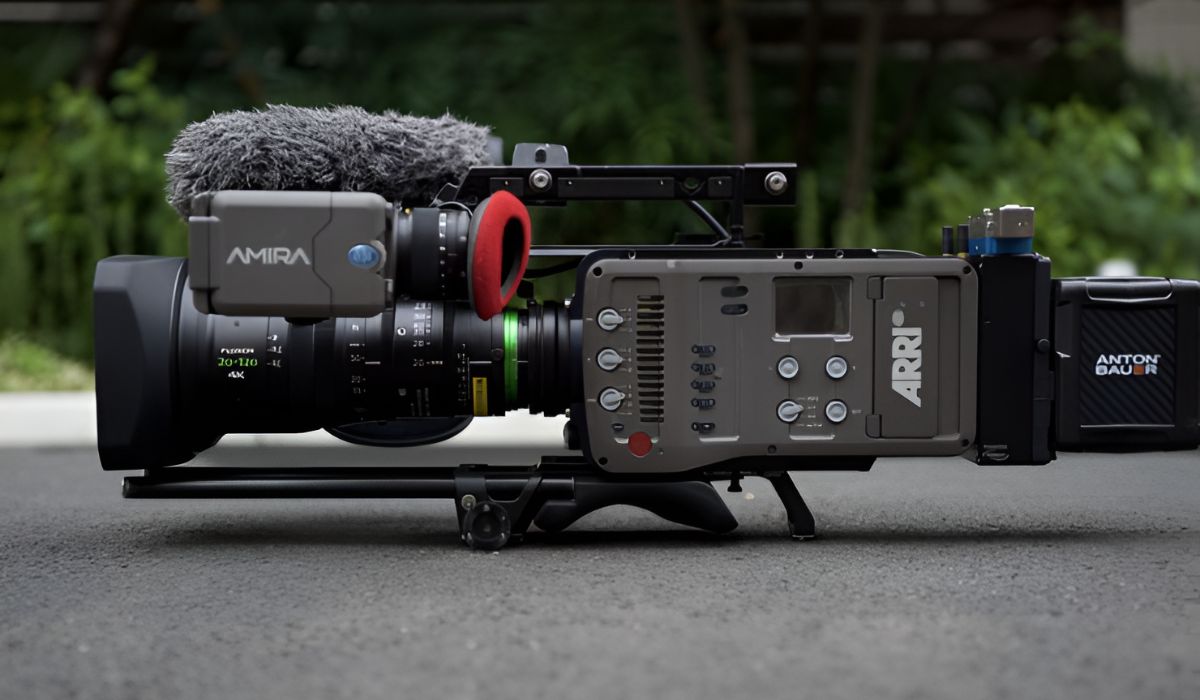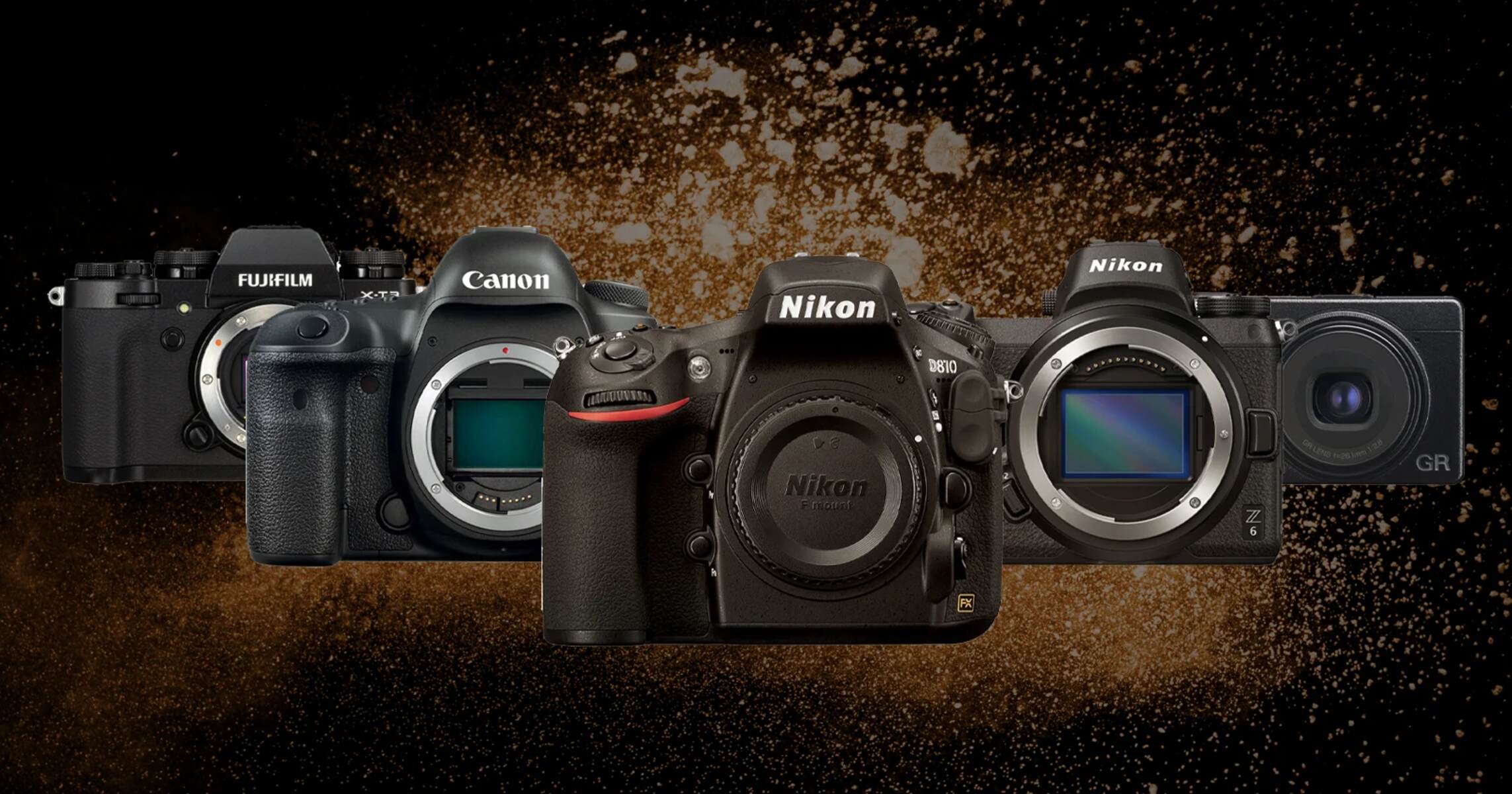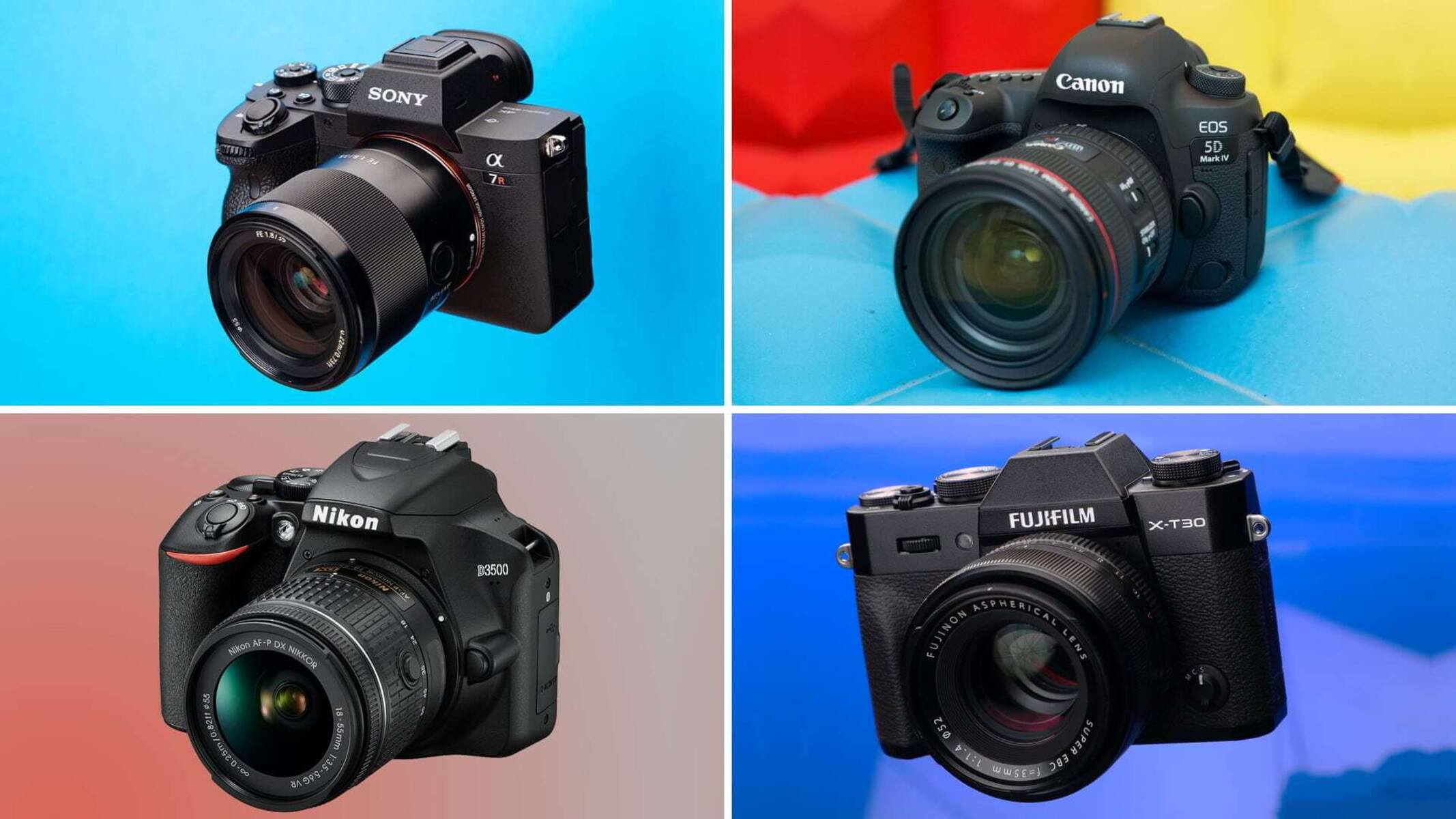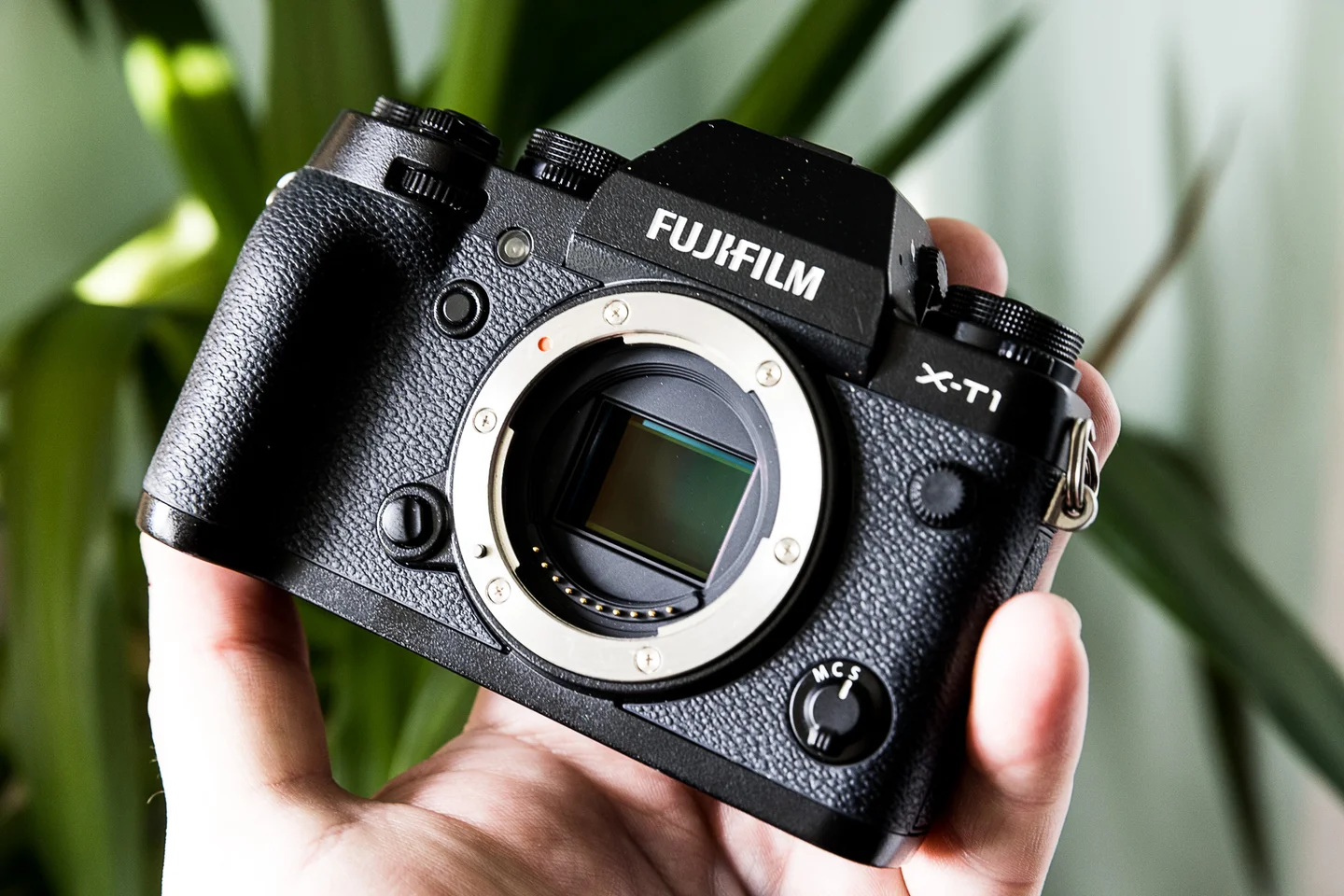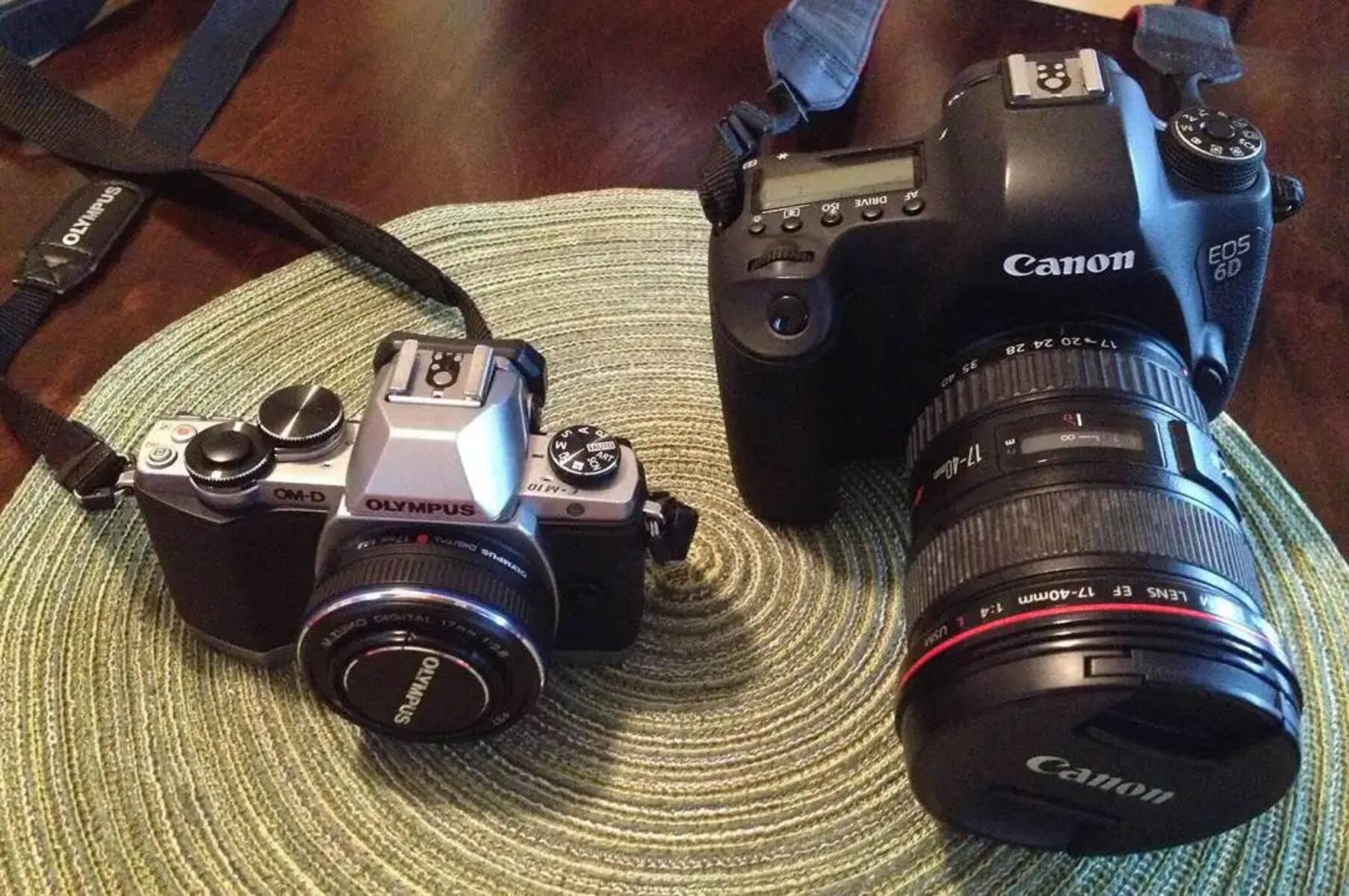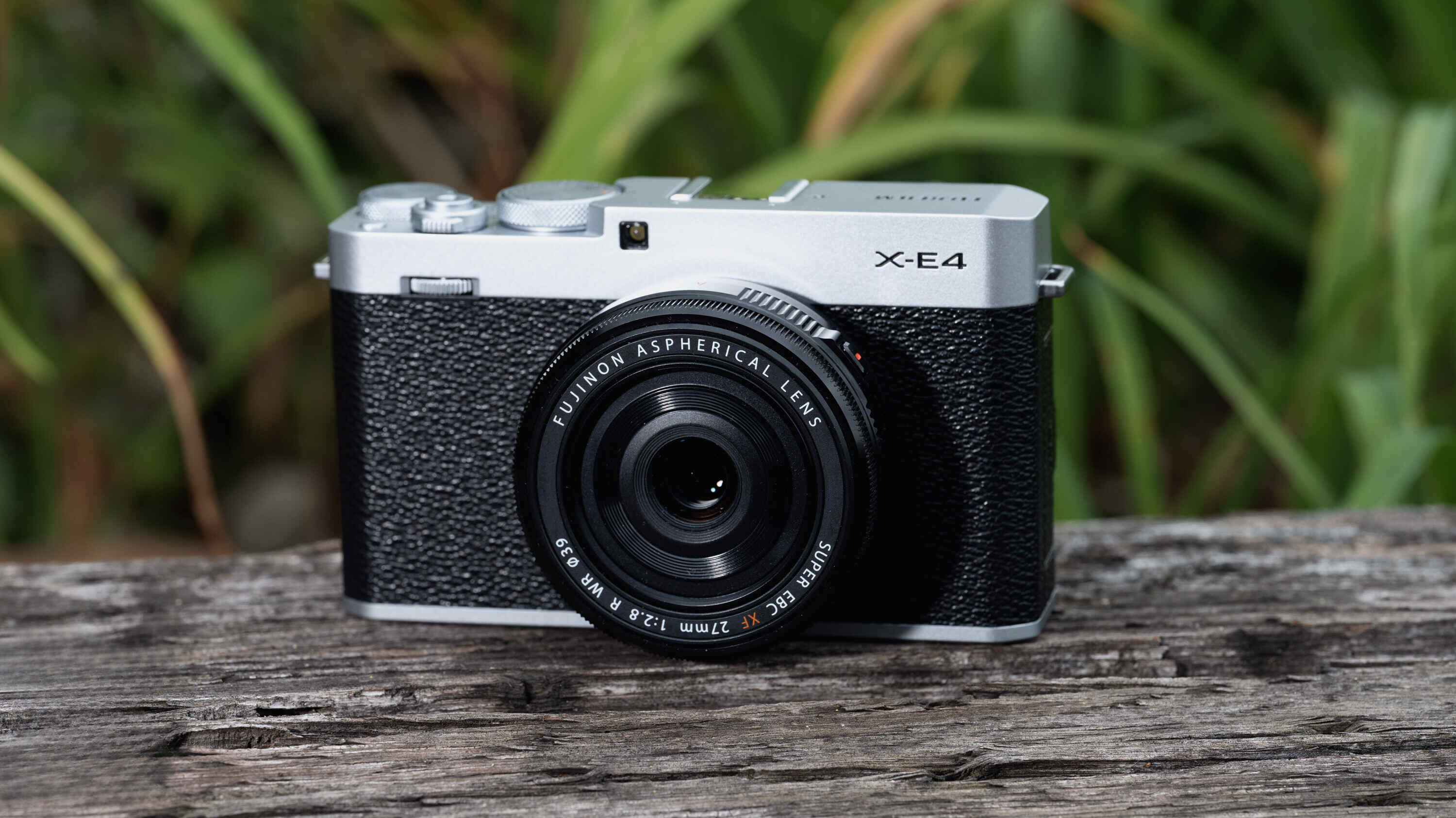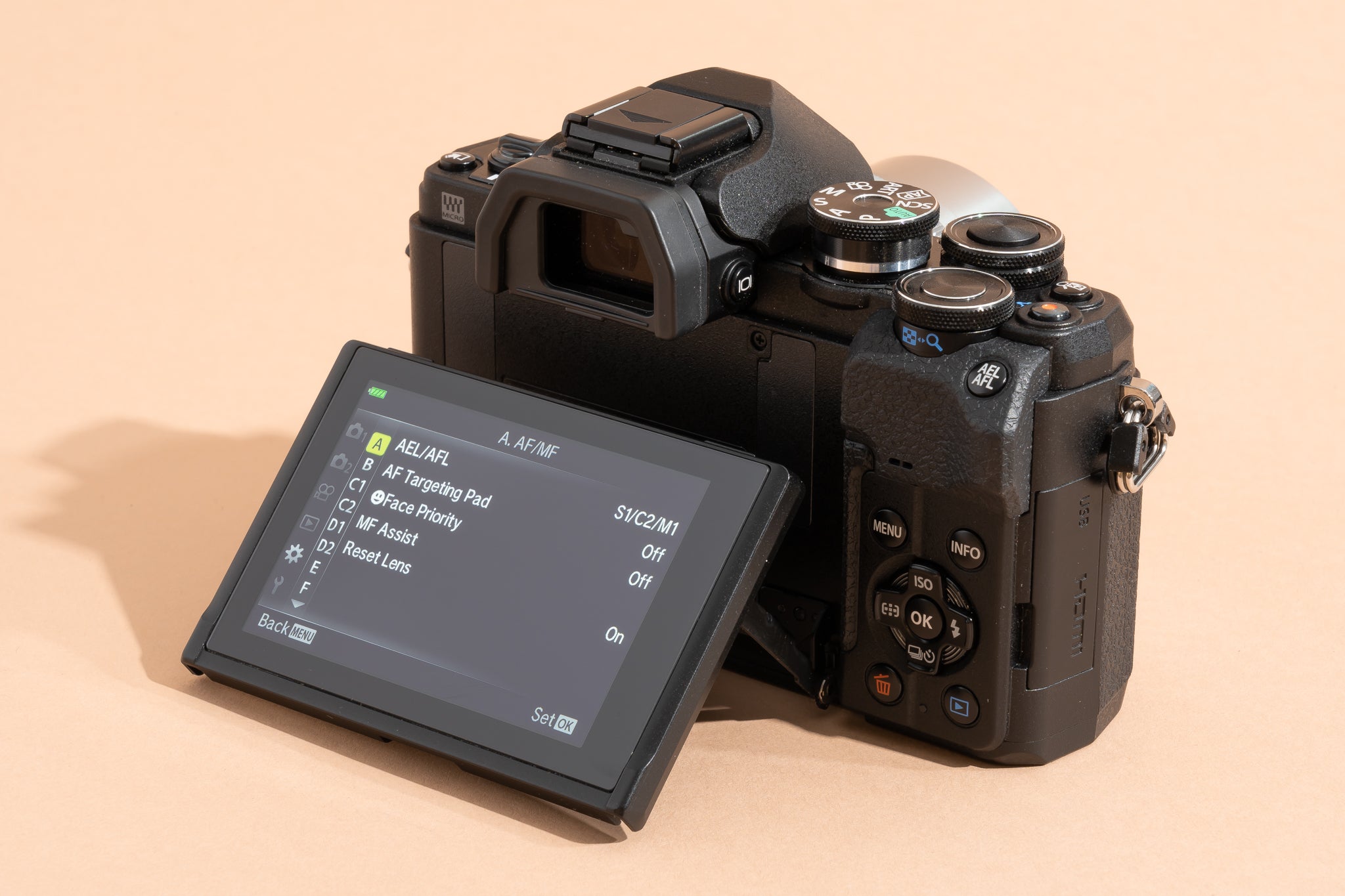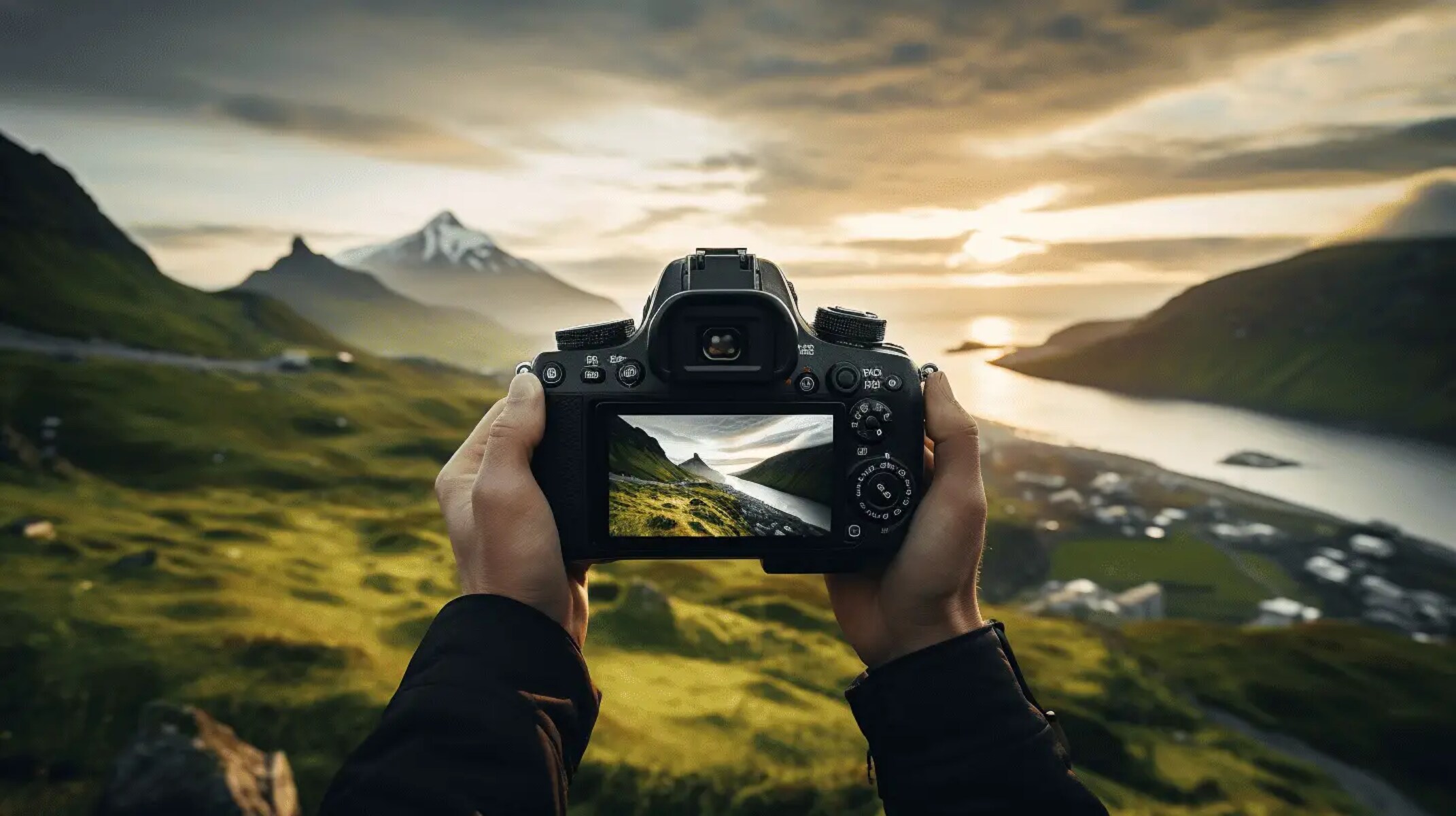Introduction
When it comes to capturing memorable moments, a camcorder plays a pivotal role in providing high-quality video recordings. One of the essential components of a camcorder is the Electronic Viewfinder (EVF), which significantly impacts the user experience and the overall quality of the footage. Understanding the functionality and significance of the EVF in a camcorder is crucial for both amateur and professional videographers.
The EVF serves as the visual interface between the user and the camcorder, offering a real-time display of the scene being recorded. This feature eliminates the need for relying solely on the external monitor, allowing videographers to maintain stability and focus while capturing footage. With the advancement of technology, EVFs have evolved to provide a more immersive and accurate representation of the recorded content, making them an indispensable tool for videography enthusiasts and professionals alike.
In this article, we will delve into the intricacies of EVF in a camcorder, exploring its functionality, benefits, drawbacks, and practical tips for maximizing its potential. By gaining a comprehensive understanding of the EVF, videographers can harness its capabilities to elevate their video production endeavors and achieve stunning results. Let's embark on a journey to unravel the essence of EVF and its impact on the art of videography.
What is EVF?
Electronic Viewfinder (EVF) is a technological marvel that revolutionizes the way videographers frame and capture their shots. Unlike traditional optical viewfinders, which rely on physical mirrors and prisms to reflect the scene to the photographer’s eye, EVFs employ high-resolution electronic displays to provide a real-time preview of the captured footage. This innovative approach offers several advantages, including enhanced accuracy, adaptability to various lighting conditions, and the ability to overlay crucial shooting information directly onto the viewfinder.
EVFs are designed to simulate the experience of composing a shot through an optical viewfinder, providing a natural and seamless transition for photographers and videographers accustomed to traditional methods. By leveraging advanced display technologies such as OLED or LCD screens, EVFs deliver sharp, detailed images with vibrant colors, ensuring that users can confidently assess the composition, focus, and exposure of their shots in real time.
Furthermore, EVFs often incorporate features such as focus peaking, zebra patterning for exposure, and histogram displays, empowering videographers to make informed decisions while capturing footage. These tools enable precise control over critical aspects of the image, resulting in professional-grade compositions and ensuring that every frame meets the desired visual standards.
As a fundamental component of modern camcorders and mirrorless cameras, EVFs have become synonymous with versatility and convenience, offering a portable and integrated solution for framing shots in diverse shooting environments. Whether shooting in bright sunlight or dimly lit settings, videographers can rely on the EVF to maintain visual clarity and compose compelling visuals with confidence.
Overall, EVF represents a paradigm shift in the realm of videography, empowering creators with a dynamic and adaptable tool that enhances their ability to visualize and capture stunning footage. Its seamless integration with modern camera systems and the array of features it offers make it an indispensable asset for videographers seeking precision and control in their craft.
How does EVF work in a camcorder?
The Electronic Viewfinder (EVF) in a camcorder operates as a miniature display system that replicates the functionality of a traditional optical viewfinder, offering videographers a real-time preview of the scene being recorded. This electronic marvel comprises a high-resolution micro-display panel, such as OLED or LCD, and an optical system that allows users to observe the captured footage with exceptional clarity and detail.
When the videographer peers through the EVF, the micro-display panel projects a digital representation of the scene, providing a live feed of the camera’s image sensor output. This instantaneous feedback enables users to assess the framing, focus, exposure, and composition of their shots in real time, ensuring that they can make precise adjustments to achieve the desired visual outcome.
Moreover, the EVF incorporates diopter adjustments to accommodate individual eyesight variations, allowing videographers to fine-tune the viewfinder to match their visual acuity, thereby ensuring a comfortable and accurate viewing experience. Additionally, some EVFs feature eye sensors that automatically switch between the EVF and the rear display when the user brings their eye to the viewfinder, enhancing operational convenience and power management.
Furthermore, the EVF often integrates essential shooting information directly into the display, including settings such as aperture, shutter speed, ISO, and exposure compensation. This overlay of critical data empowers videographers to maintain awareness of their camera’s settings without diverting their attention from the scene, facilitating seamless adjustments and informed decision-making during the recording process.
Overall, the EVF in a camcorder functions as a sophisticated visual aid, offering an immersive and informative viewing experience that empowers videographers to capture compelling footage with precision and confidence. Its seamless integration with the camera’s imaging system and the array of features it offers make it an invaluable tool for videographers striving to achieve professional-grade visual storytelling.
Benefits of using EVF in a camcorder
Utilizing the Electronic Viewfinder (EVF) in a camcorder offers a myriad of advantages that significantly enhance the videography experience, providing users with a versatile and intuitive tool for capturing compelling footage. The following are key benefits of incorporating EVF technology into the camcorder:
- Real-Time Feedback: EVFs provide videographers with an immediate and accurate representation of the scene, allowing for precise composition, focus, and exposure adjustments while recording. This real-time feedback ensures that users can make informed decisions to achieve the desired visual outcome.
- Adaptability to Lighting Conditions: EVFs excel in various lighting environments, offering clear visibility and accurate color rendition even in bright sunlight or low-light conditions. This adaptability enables videographers to maintain visual clarity and make informed creative choices regardless of the ambient lighting.
- Overlay of Critical Information: EVFs often display essential shooting information directly within the viewfinder, including exposure settings, focus peaking, and histogram displays. This overlay empowers videographers to monitor and adjust crucial parameters without diverting their attention from the scene, enhancing operational efficiency and creative control.
- Enhanced Stability and Focus: By utilizing the EVF, videographers can maintain stability and focus while capturing footage, as they can anchor the camcorder against their body and utilize the viewfinder for precise framing. This results in steadier shots and improved visual storytelling.
- Portability and Integration: EVFs are seamlessly integrated into modern camcorders, offering a compact and portable solution for framing shots in diverse shooting scenarios. The integration of the EVF within the camcorder’s design ensures operational convenience and a streamlined workflow for videographers.
- Immersion and Engagement: EVFs provide an immersive viewing experience, allowing videographers to engage with the scene and visualize the final composition with exceptional clarity and detail. This immersive experience fosters creativity and enables users to capture visually captivating footage.
These benefits collectively underscore the pivotal role of EVFs in elevating the videography process, empowering users to achieve professional-grade results and unleash their creative potential with confidence and precision.
Drawbacks of using EVF in a camcorder
While Electronic Viewfinders (EVFs) offer a host of advantages for videographers, it is important to acknowledge the potential drawbacks associated with their use in camcorders. Understanding these limitations can help users make informed decisions and effectively mitigate any challenges they may encounter. The following are key drawbacks of utilizing EVFs in a camcorder:
- Power Consumption: EVFs require continuous power to operate, contributing to increased energy consumption and potentially reducing the overall battery life of the camcorder. Videographers need to monitor battery levels carefully, especially during extended shooting sessions, to ensure uninterrupted usage.
- Eye Strain and Fatigue: Prolonged use of EVFs, particularly in bright or high-contrast environments, may lead to eye strain and fatigue for some users. This can impact the overall comfort and endurance of videographers during extended shooting sessions.
- Lag and Refresh Rate: Some EVFs may exhibit a slight lag or lower refresh rate compared to optical viewfinders, especially in low-light conditions. This can result in a perceptible delay between the actual scene and its representation in the viewfinder, potentially impacting the real-time assessment of fast-moving subjects.
- Cost and Complexity: High-quality EVFs with advanced features can contribute to the overall cost and complexity of the camcorder. This may be a consideration for budget-conscious videographers or those who prioritize a streamlined and straightforward shooting experience.
- Dependency on Electronic Components: EVFs rely on electronic components and display technologies, making them susceptible to potential malfunctions or damage. This dependency introduces a degree of vulnerability that may necessitate maintenance or repair in the event of technical issues.
- Adaptation Period: Users transitioning from optical viewfinders to EVFs may experience an adaptation period as they familiarize themselves with the nuances of electronic displays and adjust to the visual characteristics of the EVF. This adjustment phase may impact the initial user experience.
Recognizing these drawbacks underscores the importance of weighing the trade-offs associated with EVF usage and implementing strategies to address these challenges effectively. By understanding the limitations of EVFs, videographers can optimize their shooting techniques and maximize the benefits of this innovative technology while mitigating potential drawbacks.
Tips for using EVF effectively in a camcorder
Maximizing the potential of the Electronic Viewfinder (EVF) in a camcorder requires a nuanced approach and an understanding of best practices to harness its capabilities effectively. By implementing the following tips, videographers can optimize their usage of the EVF and elevate their video production endeavors:
- Calibrate Diopter Adjustment: Prior to shooting, ensure that the EVF’s diopter adjustment is calibrated to match your eyesight. This customization enhances viewing comfort and accuracy, allowing for precise focus and composition.
- Monitor Battery Levels: Given the power consumption of EVFs, vigilantly monitor the camcorder’s battery levels during shooting sessions. Carrying spare batteries or a portable charger can help mitigate the risk of interruptions due to power depletion.
- Utilize Focus Peaking: Take advantage of the focus peaking feature available in many EVFs to ensure critical focus when capturing footage. This visual aid highlights in-focus areas, facilitating accurate manual focusing, especially in scenarios with shallow depth of field.
- Adapt to Refresh Rates: Familiarize yourself with the refresh rate and responsiveness of the EVF, particularly in challenging lighting conditions. Adjust your shooting technique to accommodate any perceptible lag, ensuring precise timing when capturing fast-moving subjects.
- Manage Eye Strain: When shooting for extended periods, take regular breaks to alleviate eye strain and fatigue associated with prolonged EVF usage. Additionally, consider adjusting the EVF’s brightness and contrast settings to optimize viewing comfort.
- Explore Customizable Overlays: Familiarize yourself with the customizable overlay options available in the EVF, such as grid lines, histogram displays, and exposure indicators. Tailoring these overlays to your preferences can enhance compositional accuracy and exposure control.
- Practice Seamless Transition: Develop a seamless transition between viewing through the EVF and utilizing the camcorder’s rear display. This adaptability allows you to swiftly assess and adjust settings while maintaining visual contact with the scene.
- Stay Informed About Updates: Stay informed about firmware updates and enhancements related to the EVF functionality in your camcorder. Manufacturers often release firmware updates to improve EVF performance and introduce new features, enhancing the overall user experience.
By incorporating these tips into their workflow, videographers can leverage the EVF as a powerful tool for visual storytelling, ensuring optimal performance and precision in their video production endeavors.







